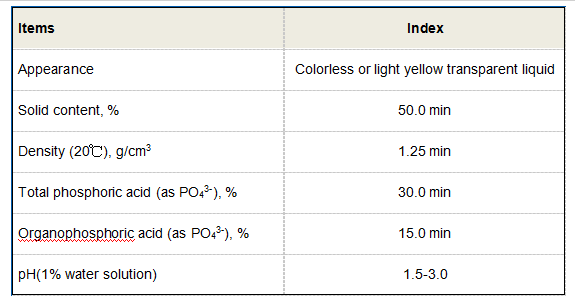isothiazolinone in detergent
The Role of Isothiazolinones in Detergents Benefits and Concerns
Isothiazolinones are a class of chemicals widely used as preservatives and biocides in various formulations, including detergents. These compounds, such as methylisothiazolinone (MIT) and chloromethylisothiazolinone (CMIT), are known for their effectiveness in preventing the growth of bacteria, fungi, and other microorganisms. Their incorporation into household and industrial cleaning products has significantly contributed to the longevity and performance of these items. However, the use of isothiazolinones has raised substantial concerns regarding toxicity and allergenic potential, prompting a critical evaluation of their roles in detergent formulations.
Efficacy as Preservatives
The primary function of isothiazolinones in detergents is their preservative qualities. In a world increasingly concerned with cleanliness and hygiene, the need for effective antimicrobial agents is paramount. Isothiazolinones inhibit the growth of harmful bacteria and mold, ensuring that detergents maintain their efficacy throughout their shelf life. Their strong antimicrobial properties help mitigate the risk of contamination, particularly in liquid formulations which are more susceptible to microbial growth.
Additionally, isothiazolinones can enhance the stability of detergent formulations by preventing degradation over time. For manufacturers, they offer an attractive option due to their broad-spectrum activity and the ability to work effectively in a range of pH levels, which is critical for maintaining product performance under varying conditions.
Safety Concerns and Regulatory Actions
Despite their advantages, the safety profile of isothiazolinones has come under scrutiny. There is growing evidence suggesting that exposure to these compounds can lead to skin sensitization and allergic reactions. For example, methylisothiazolinone has been identified as a common allergen in contact dermatitis cases. This has prompted increasing regulatory pressure from health organizations and regulatory bodies worldwide.
In recent years, several countries have taken measures to restrict the use of isothiazolinones in consumer products, including detergents. The European Union, for example, has implemented stringent regulations that limit the concentration of these preservatives in cosmetic and household products. Additionally, monitoring and reporting systems for allergic reactions have been established to better understand the prevalence and impact of these chemicals.
isothiazolinone in detergent

Balancing Efficacy with Safety
The challenge for manufacturers lies in balancing the efficacy of isothiazolinones in their products with growing consumer demand for safer, non-toxic alternatives. As awareness of chemical allergies and sensitivities increases, many consumers are opting for green or natural cleaning products that use plant-based ingredients rather than synthetic chemicals.
In response, some detergent manufacturers are reformulating their products to reduce or eliminate the use of isothiazolinones while still ensuring effectiveness. This includes exploring alternative preservatives such as organic acids, essential oils, and other naturally derived ingredients. These alternatives, while possibly less potent, can meet the demands of both performance and safety.
Future Outlook
The future of isothiazolinones in detergent formulations remains uncertain. On one hand, their effectiveness as antimicrobial agents makes them a valuable component in many cleaning products. However, the increasing consumer preference for safety and non-toxicity is shifting the market landscape. Manufacturers are under pressure to innovate and find new solutions that align with regulatory frameworks and consumer expectations.
Ultimately, continued research is crucial to better understand the long-term health impacts of isothiazolinones and to develop safer alternatives that do not compromise cleaning efficacy. Collaboration between chemists, toxicologists, regulatory bodies, and manufacturers will be essential in navigating the complexities of product safety and consumer demand.
Conclusion
In summary, isothiazolinones play a significant role in the formulation of detergents, providing essential antimicrobial properties that help maintain product integrity. However, growing safety concerns and regulatory actions have prompted a re-evaluation of their use. The detergent industry is at a crossroads, where the quest for effective, safe, and environmentally friendly cleaning products is driving innovation and reformulation efforts. Balancing efficacy with safety will be key in meeting consumer preferences and ensuring long-term sustainability in detergent production.
-
2 Phosphonobutane 1,2,4 Tricarboxylic Acid (PBTCA): Superior Scale & Corrosion InhibitorNewsAug.31,2025
-
Dodecyldimethylbenzylammonium Chloride: High-Purity DisinfectantNewsAug.30,2025
-
2-Phosphonobutane-1,2,4-Tricarboxylic Acid: Scale & CorrosionNewsAug.29,2025
-
Premium Isothiazolinones | Broad-Spectrum Biocidal SolutionsNewsAug.28,2025
-
LK-319 Special Scale And Corrosion Inhibitor For Steel Plants: Advanced Solutions for Industrial Water SystemsNewsAug.22,2025
-
Flocculant Water Treatment: Essential Chemical Solutions for Purification ProcessesNewsAug.22,2025





